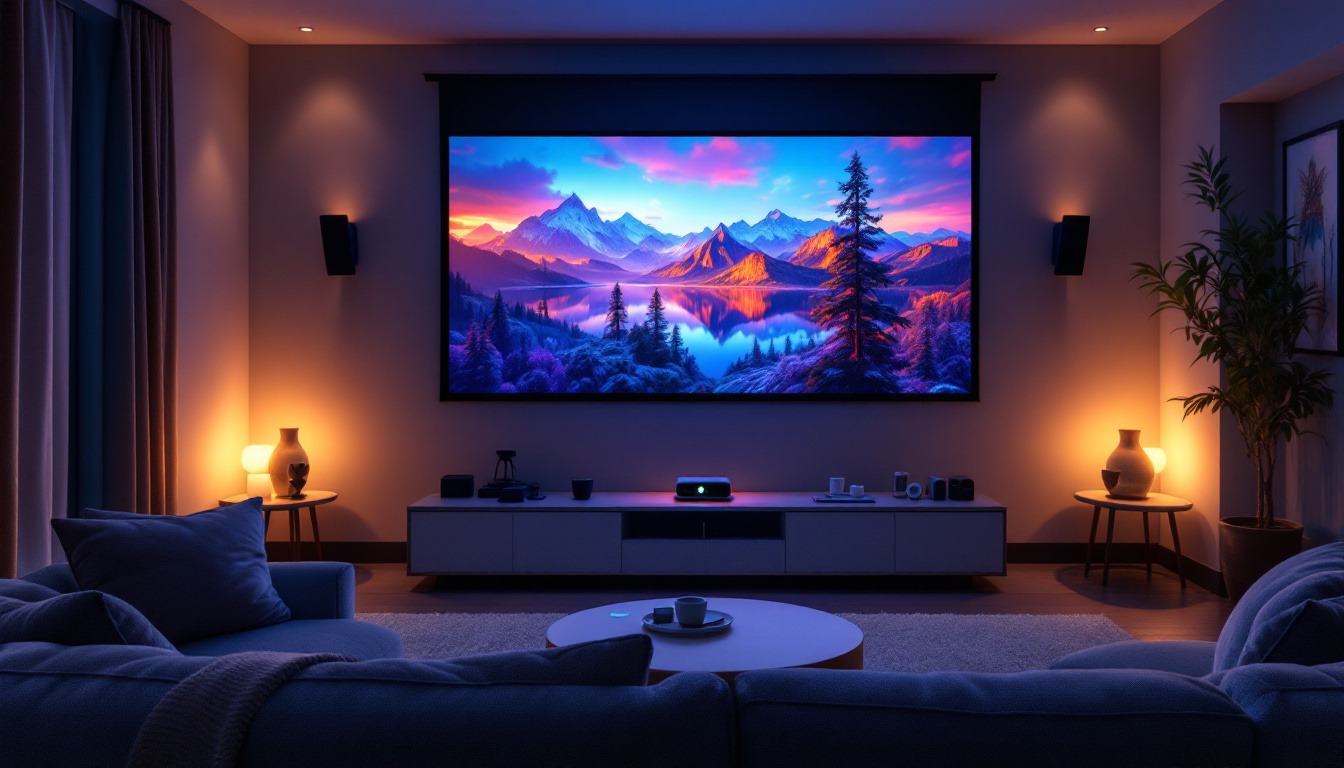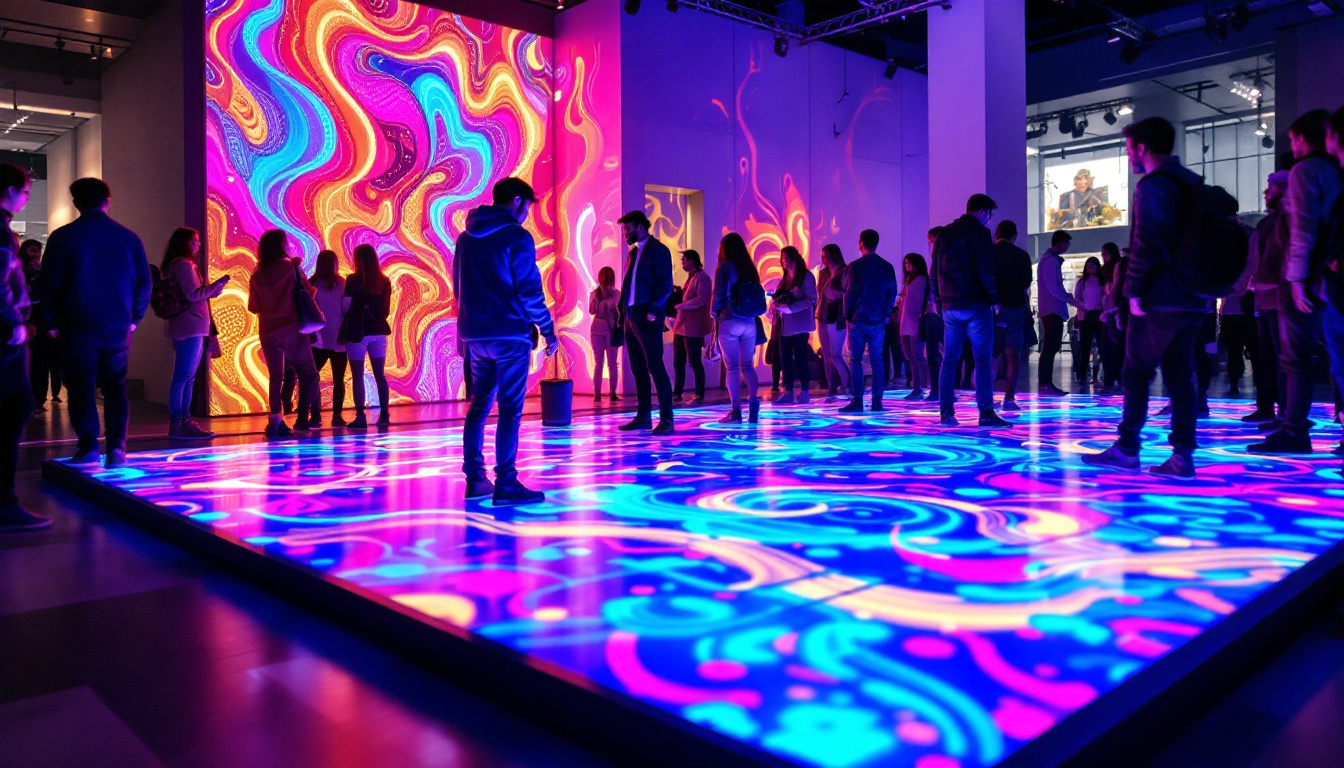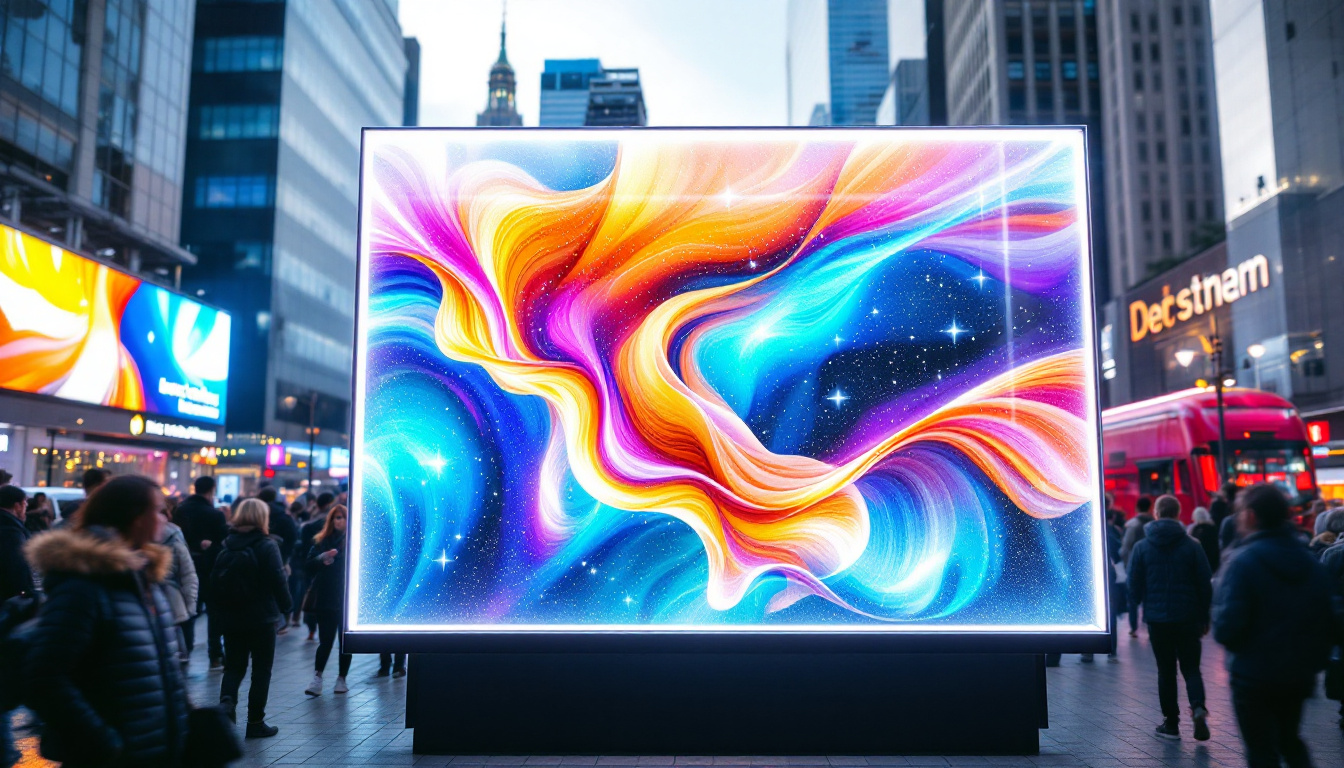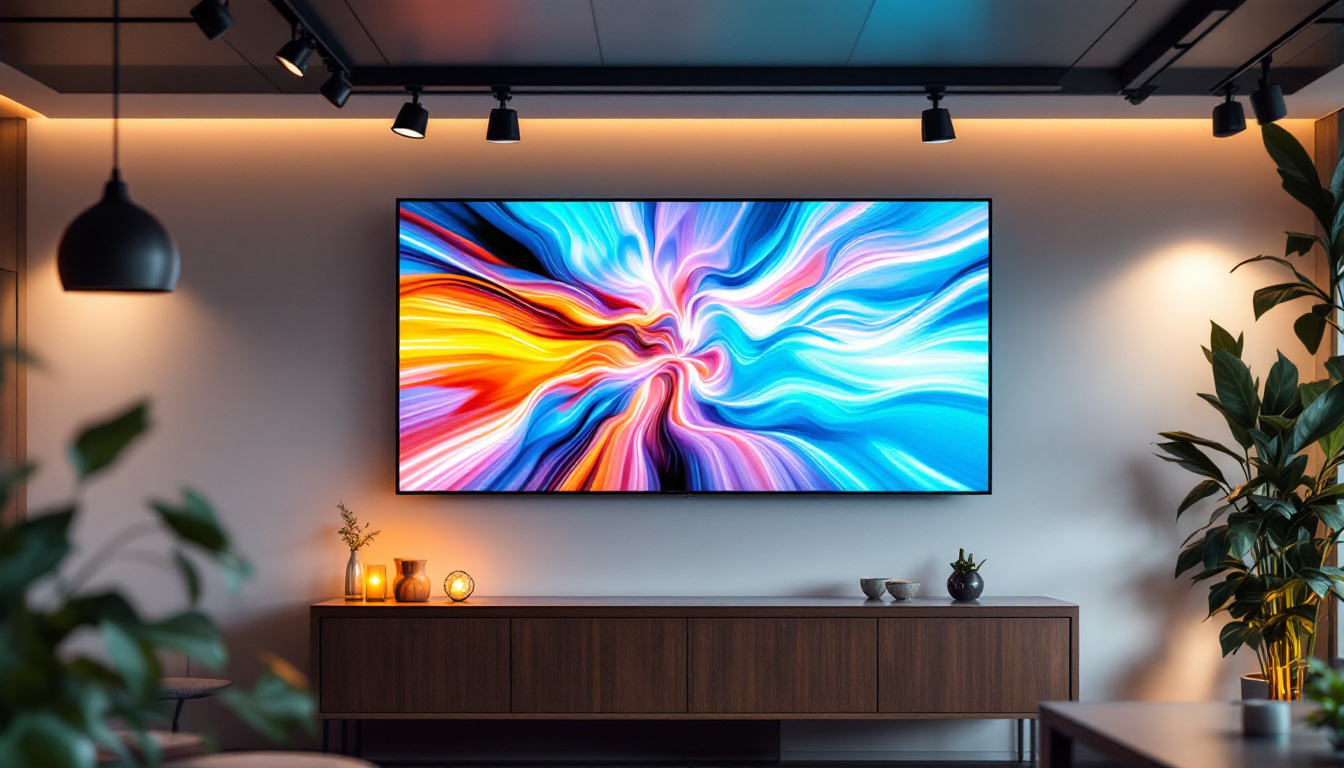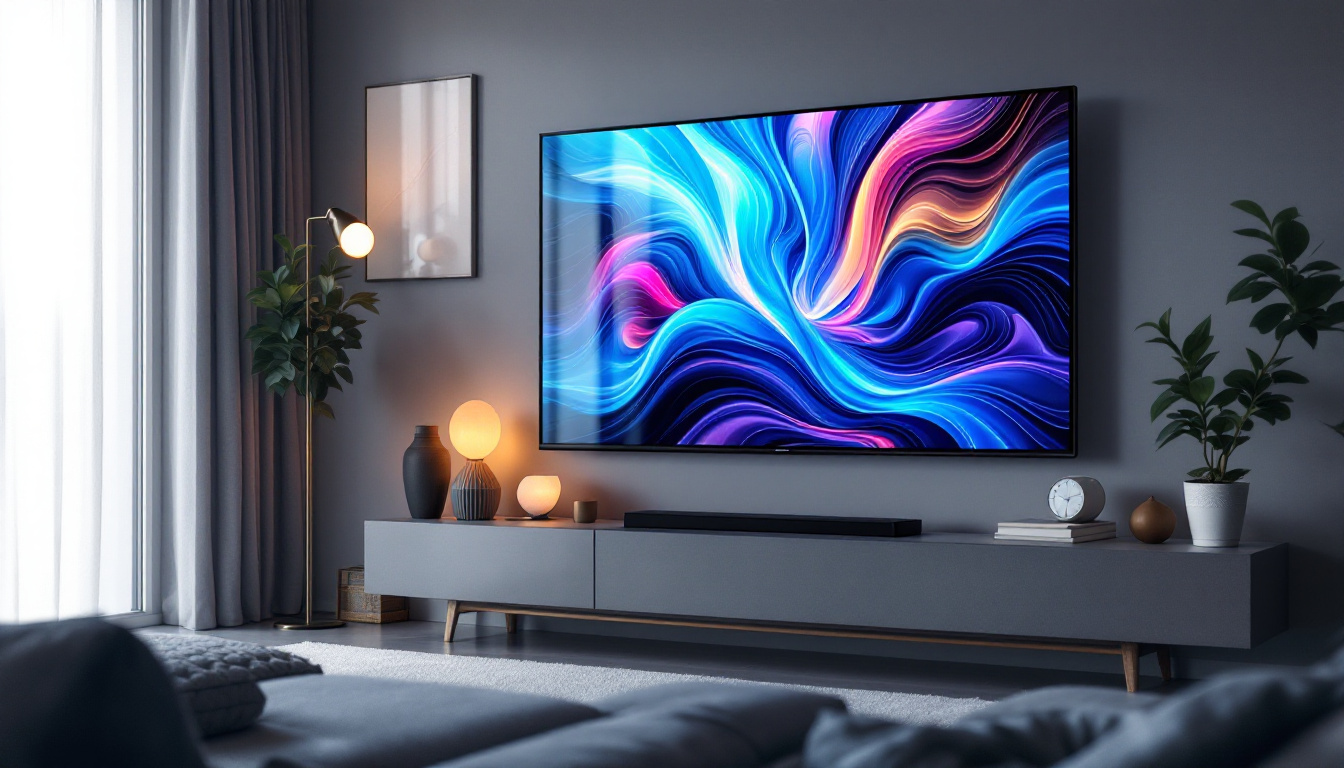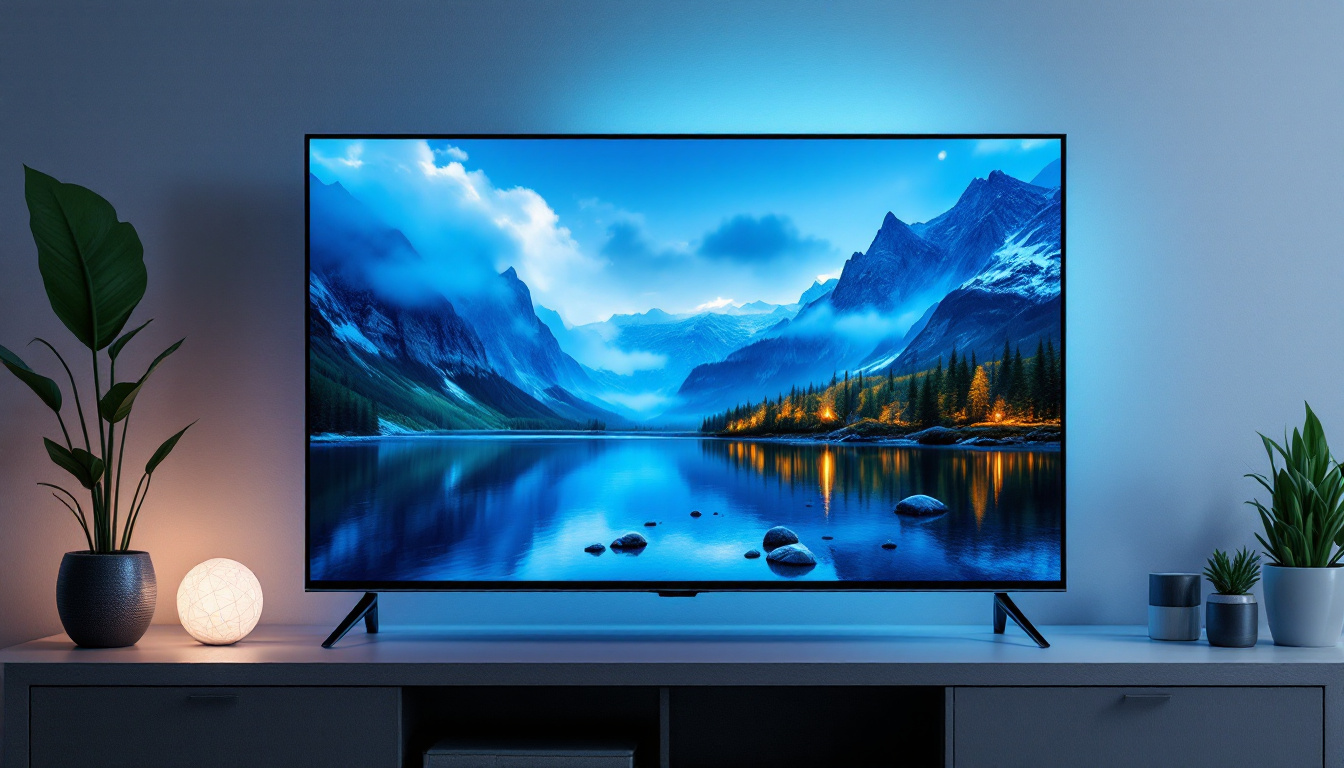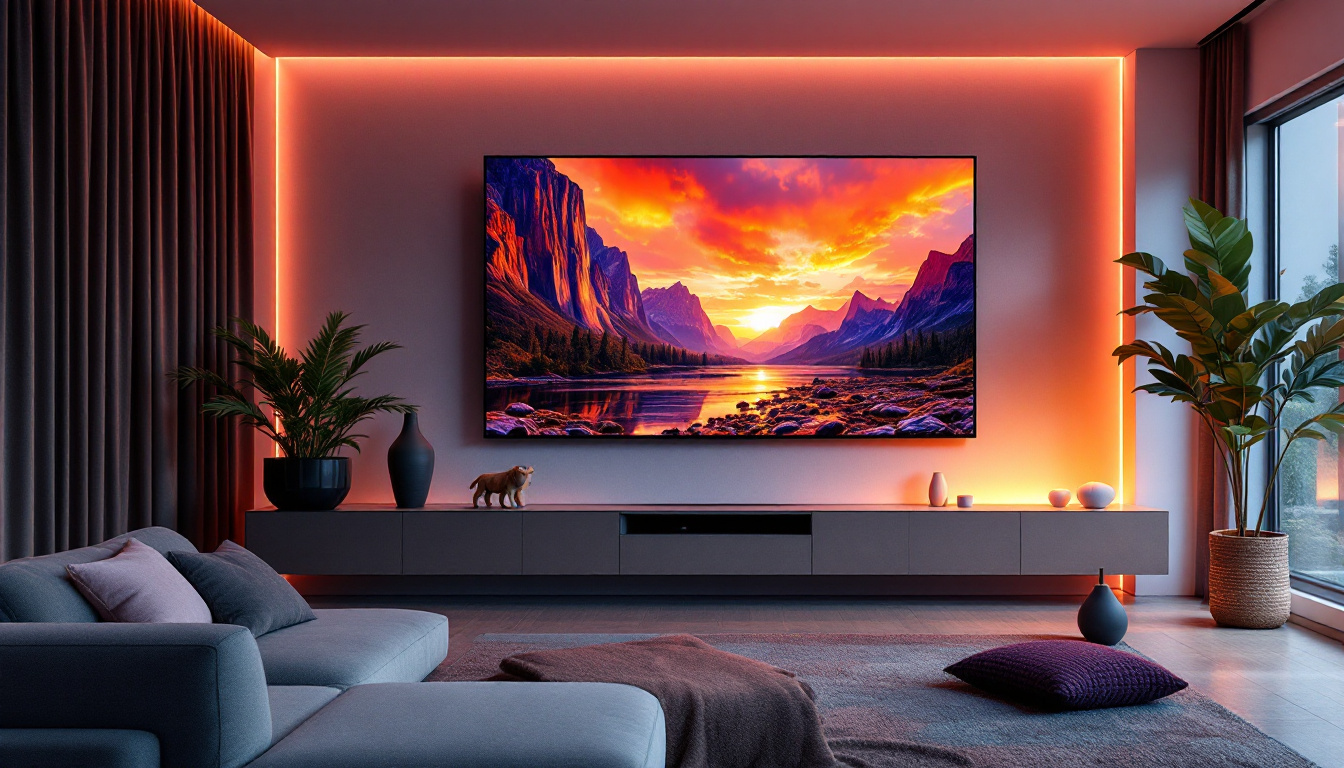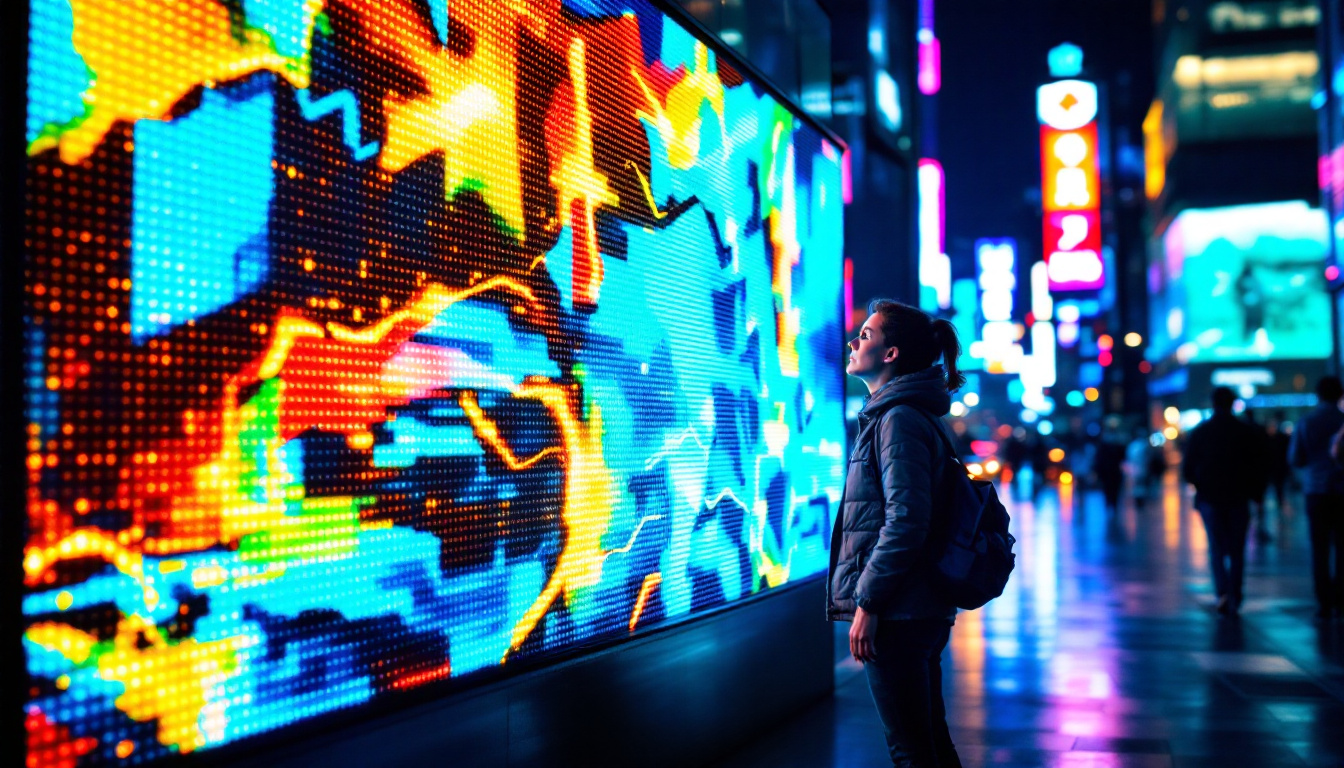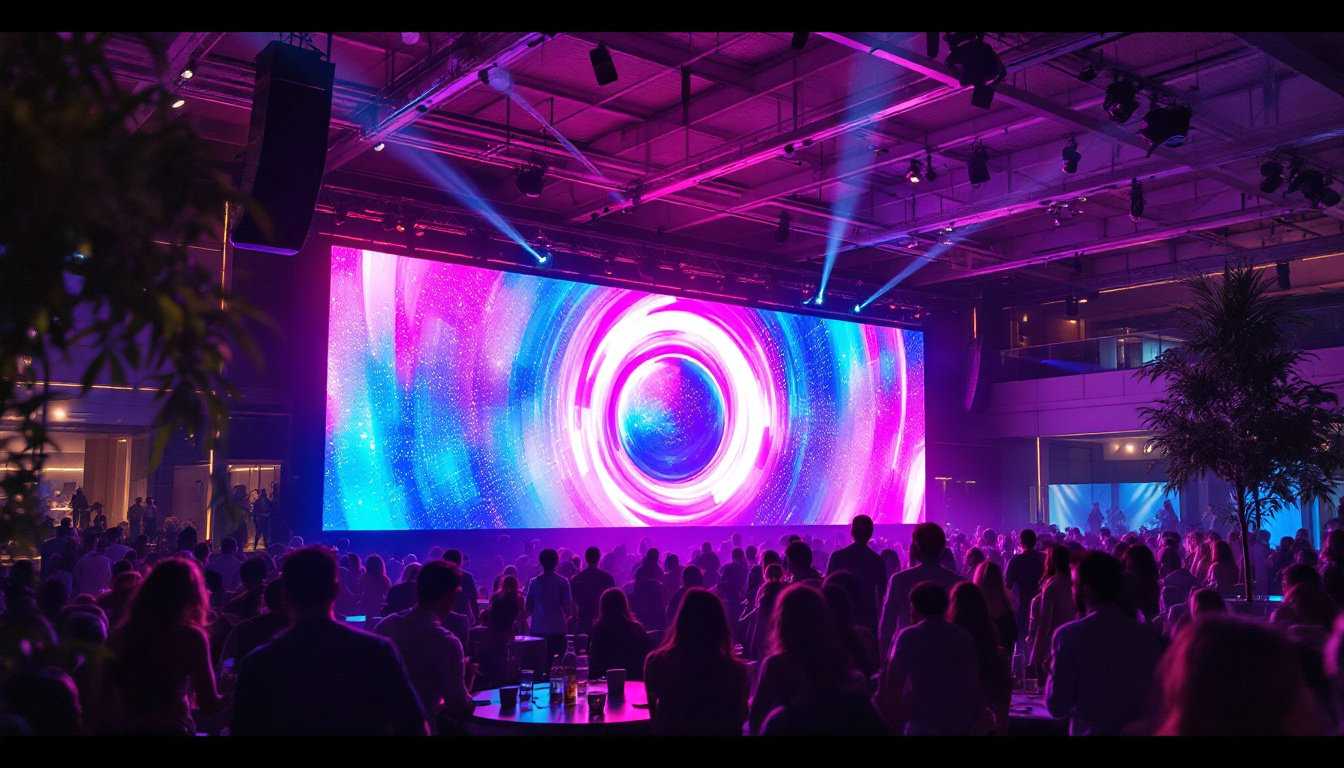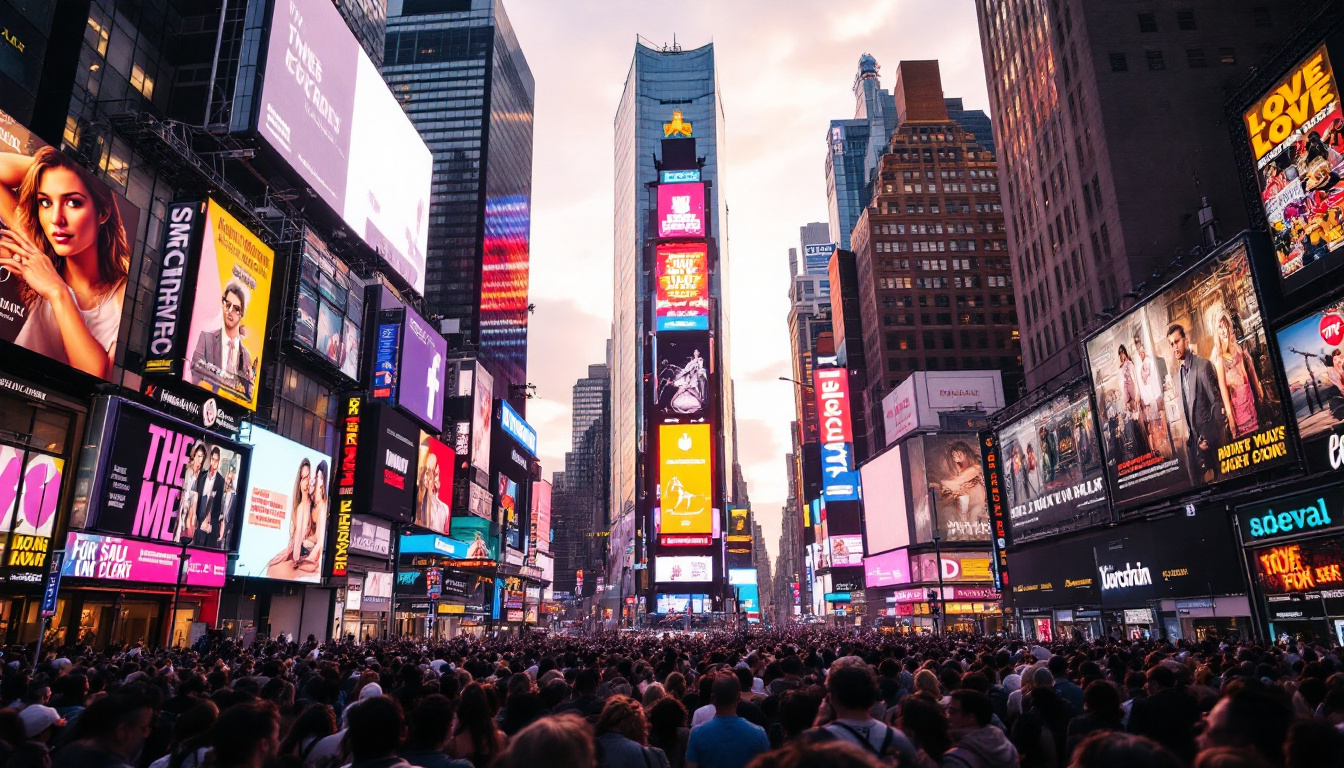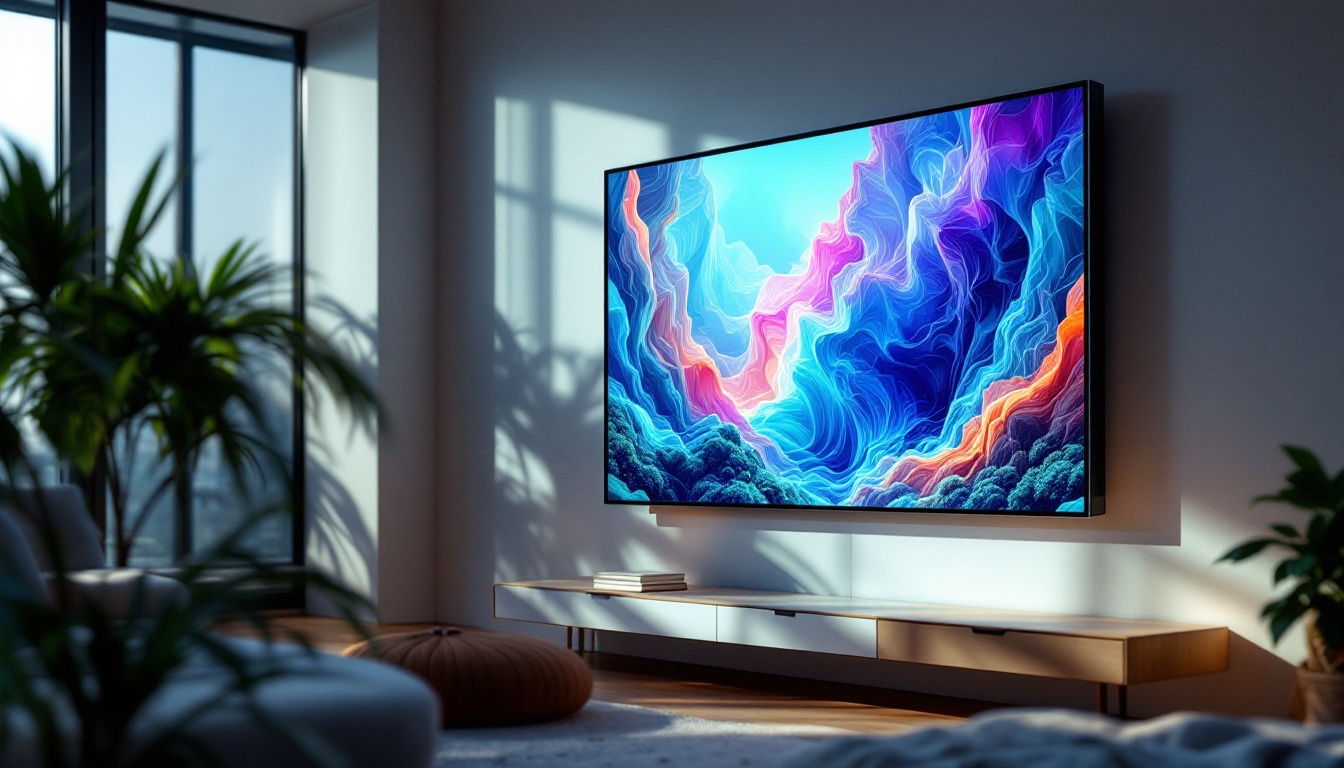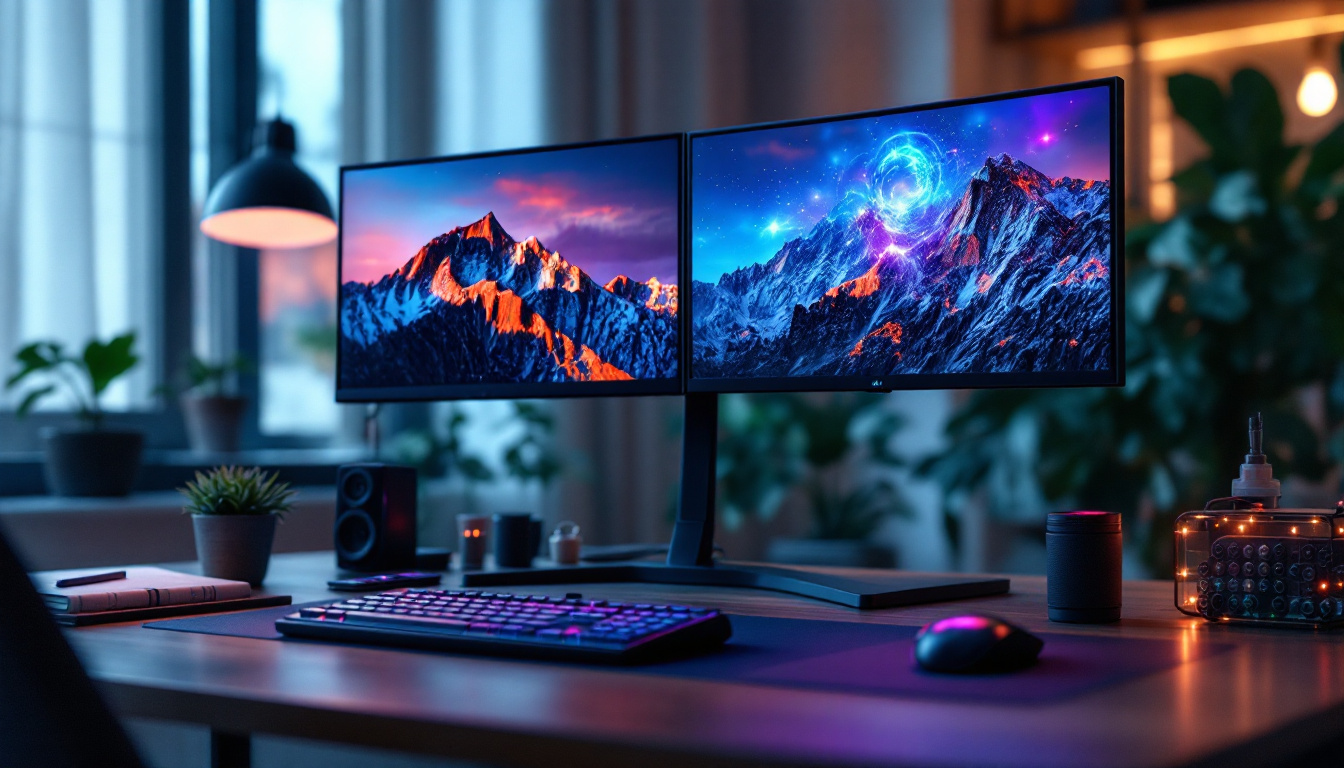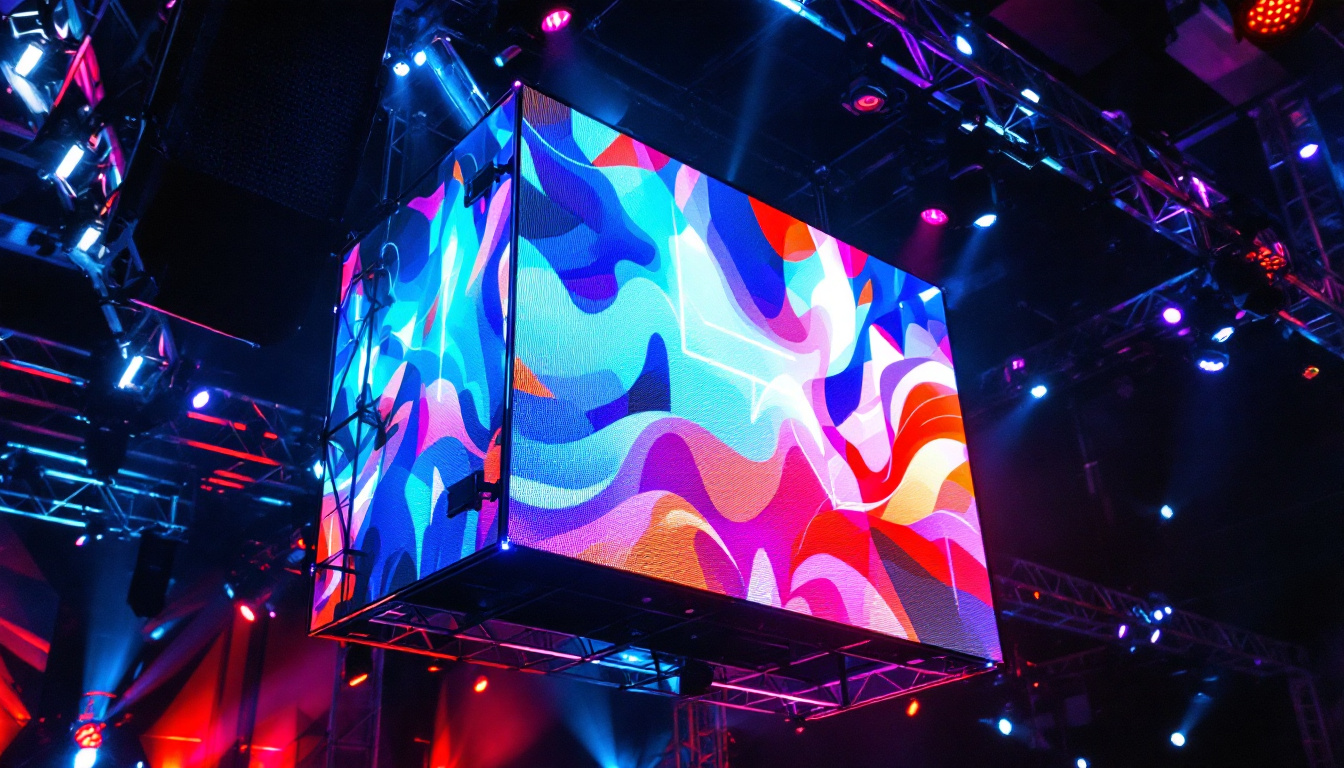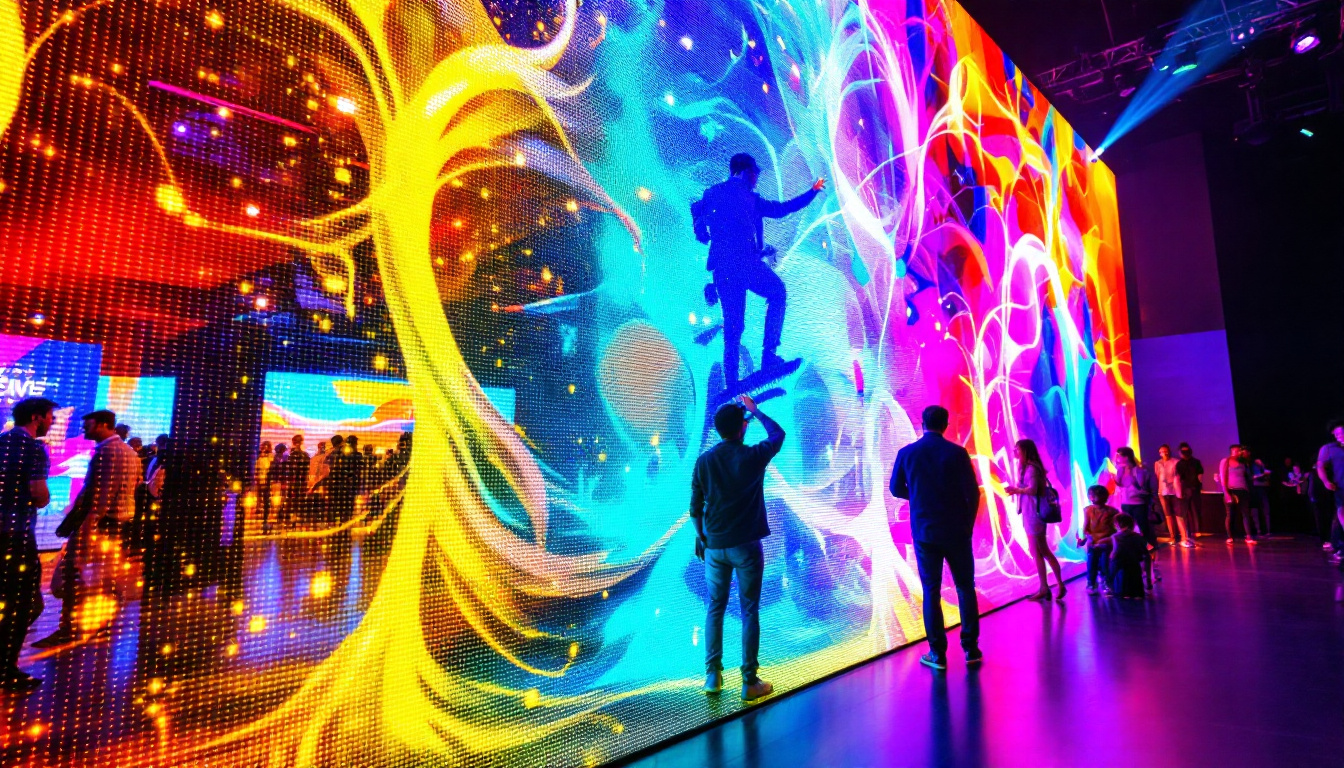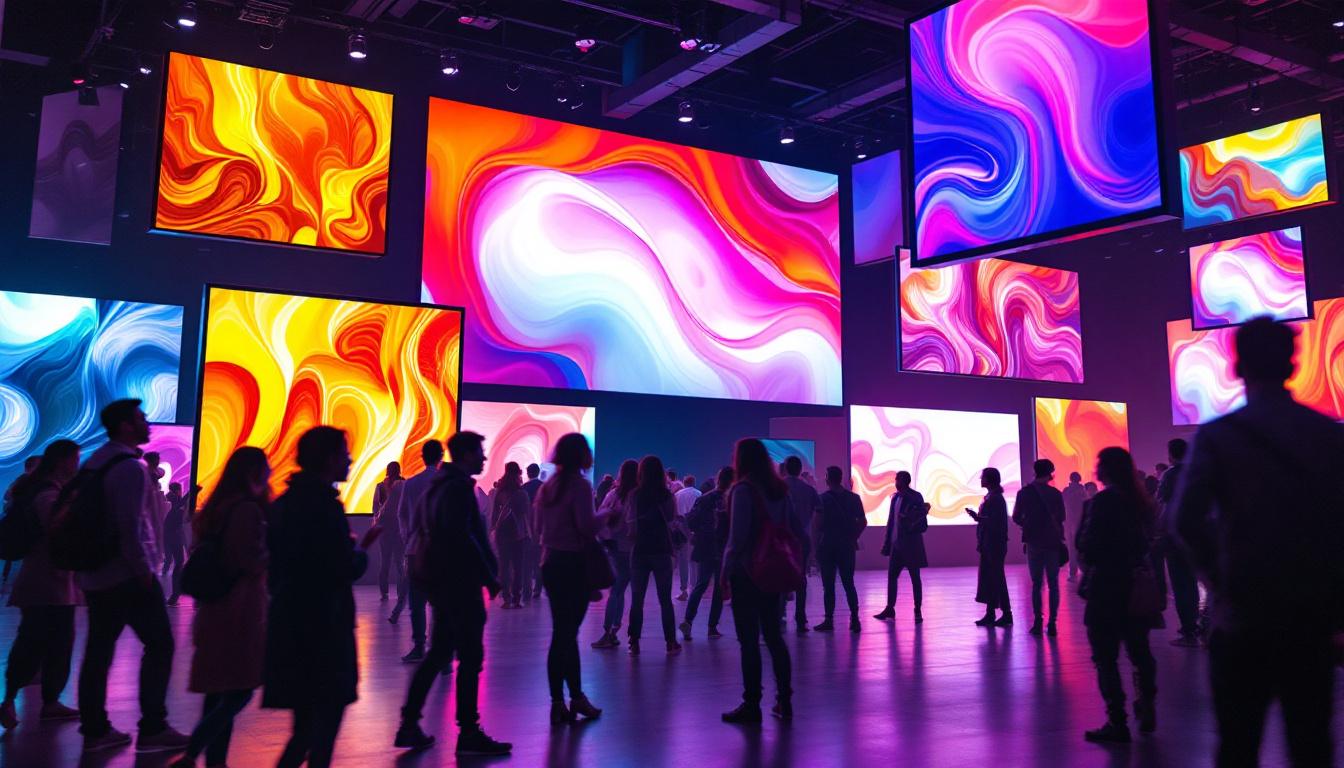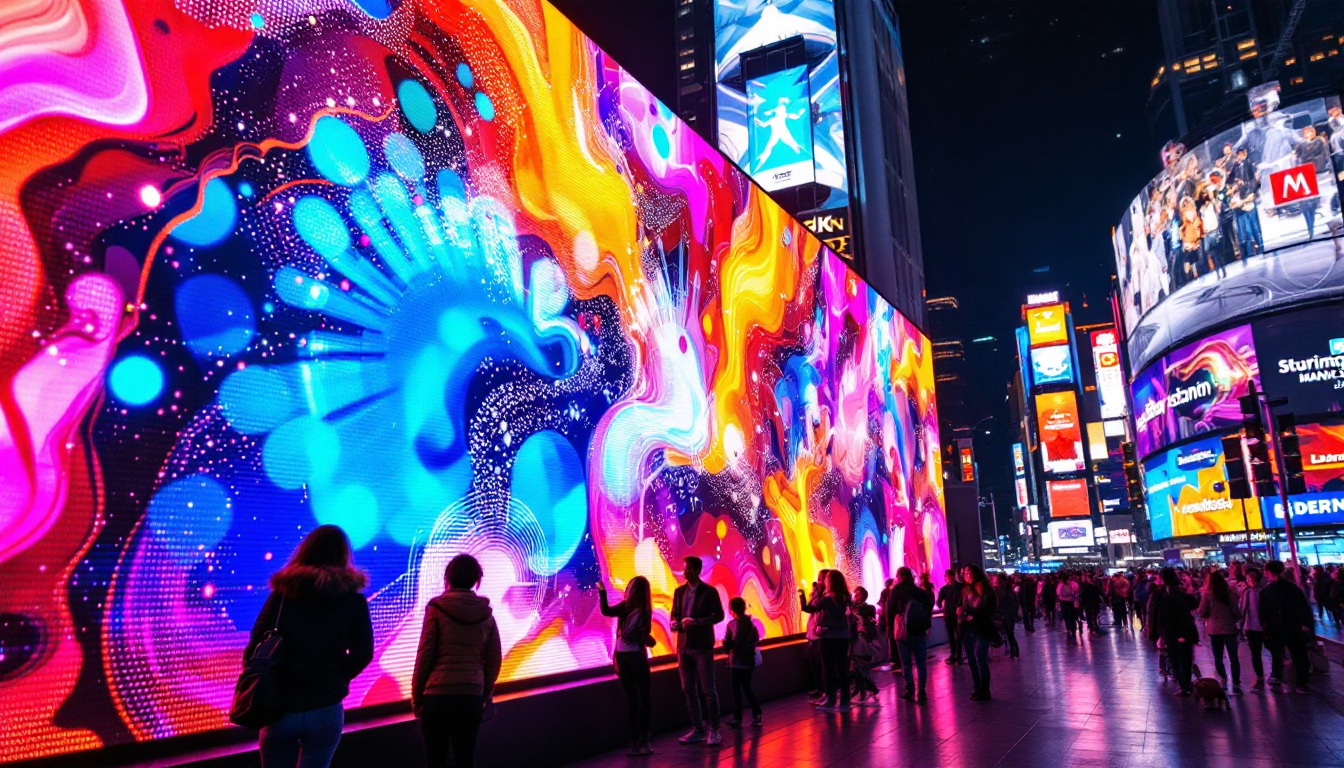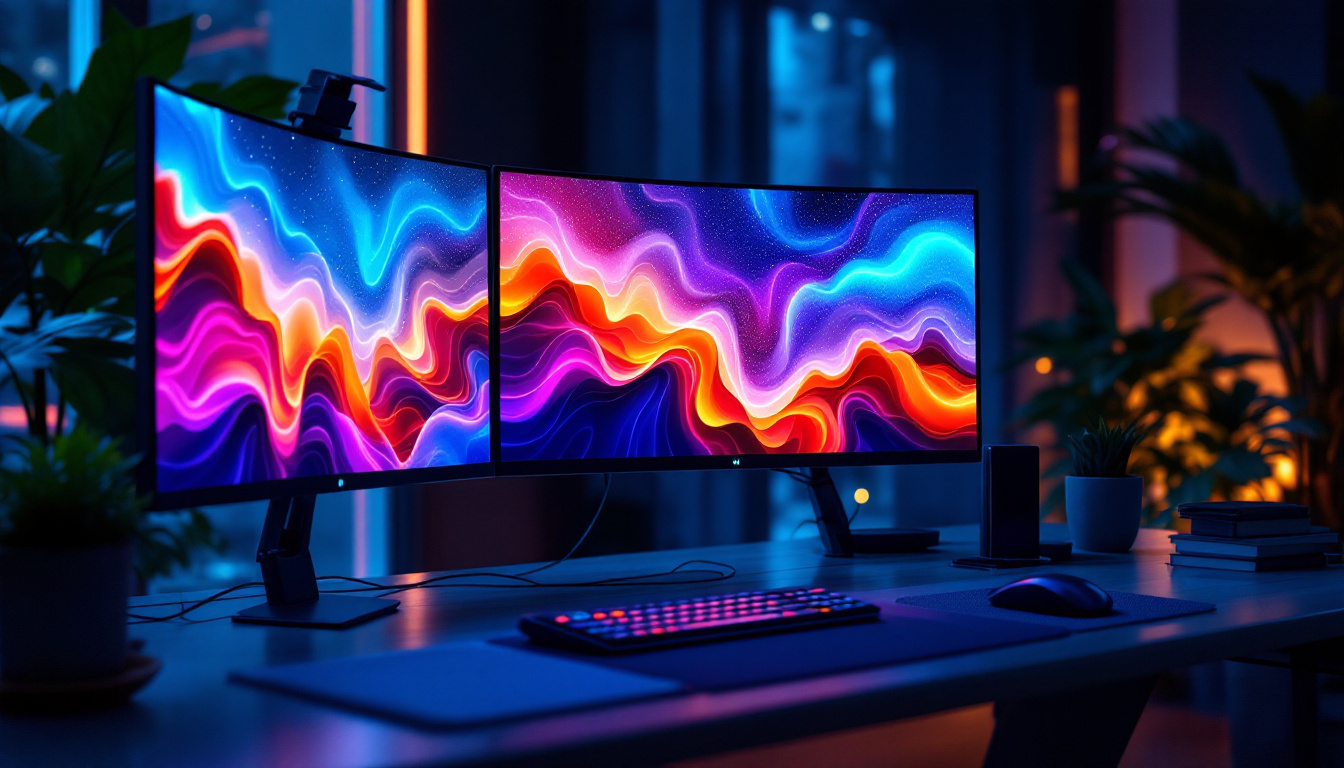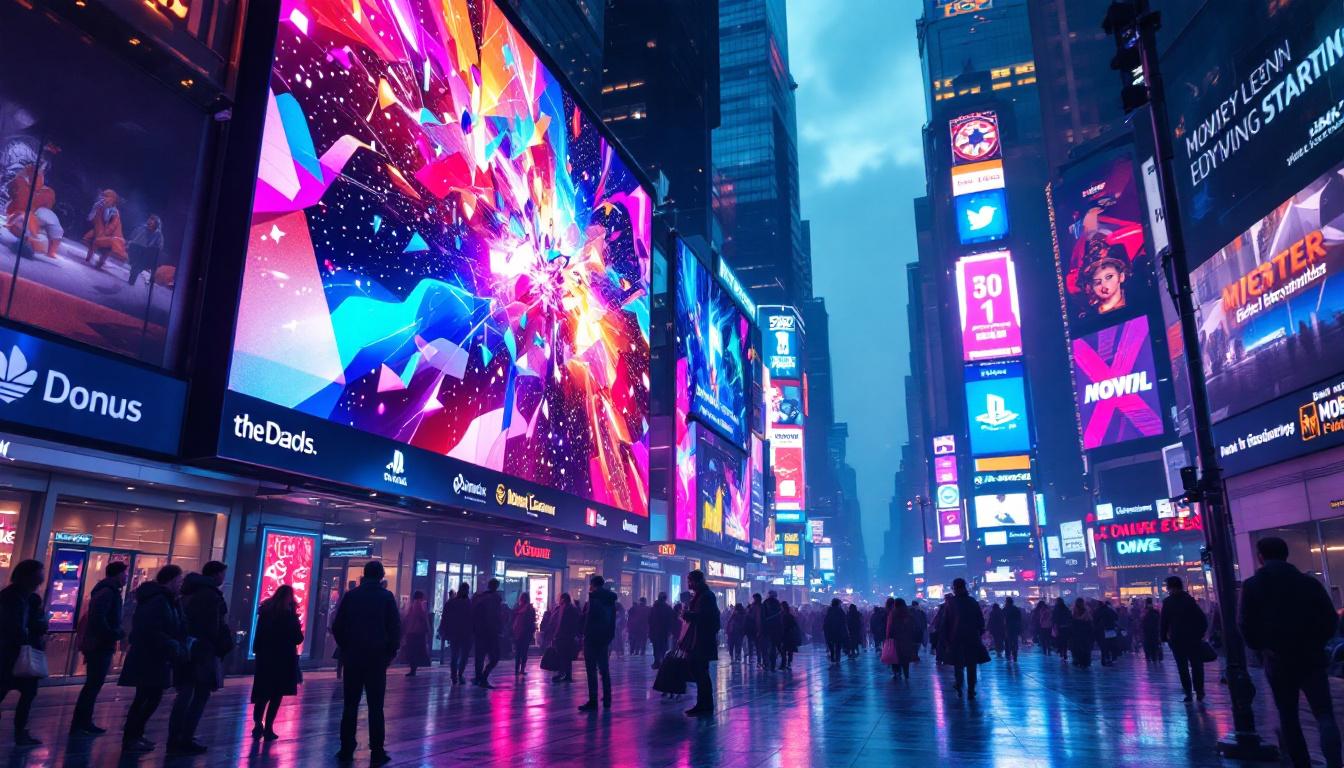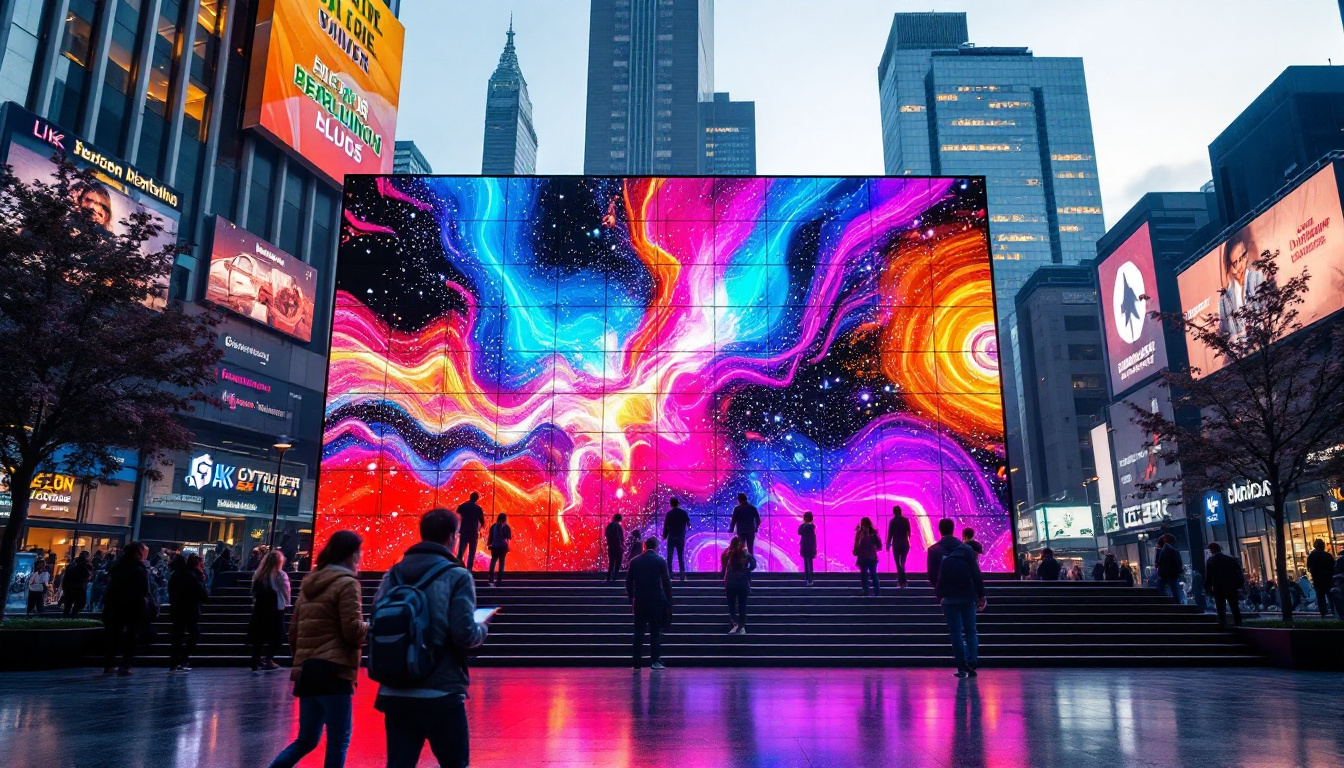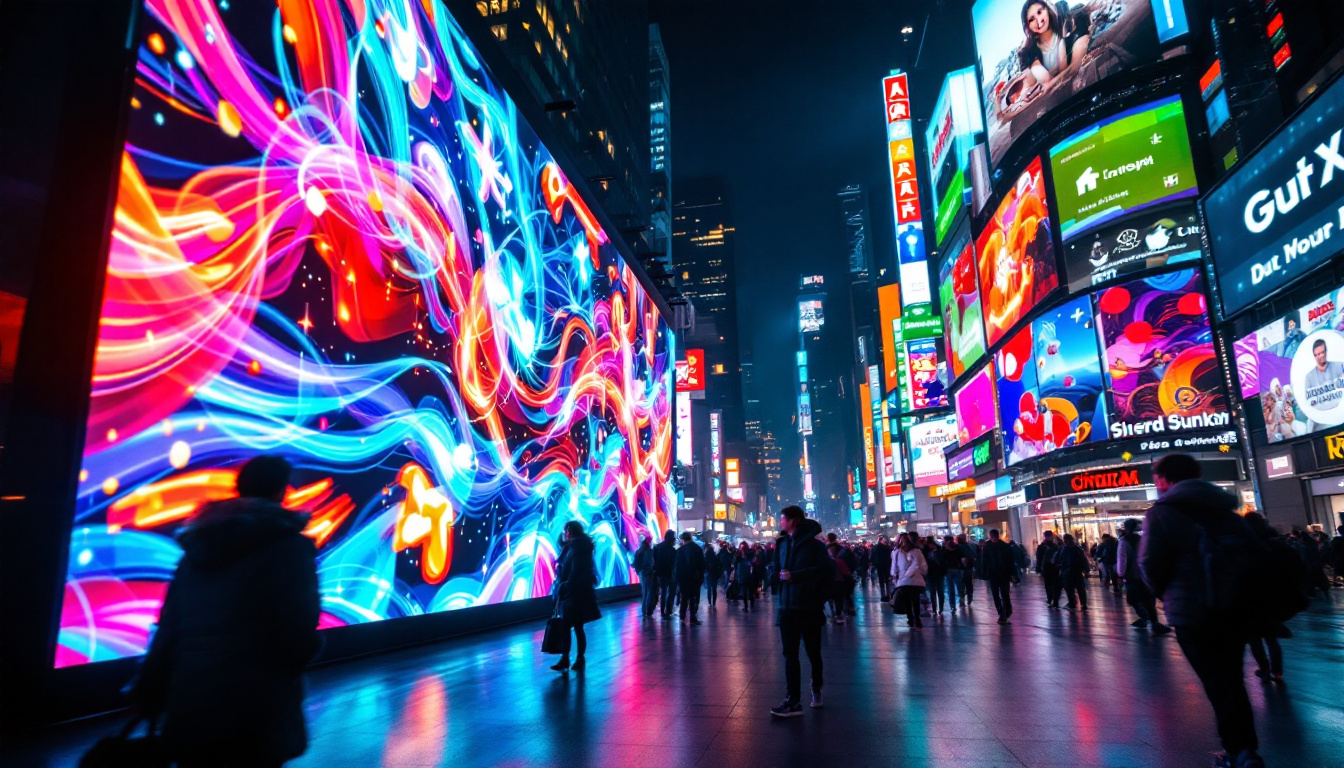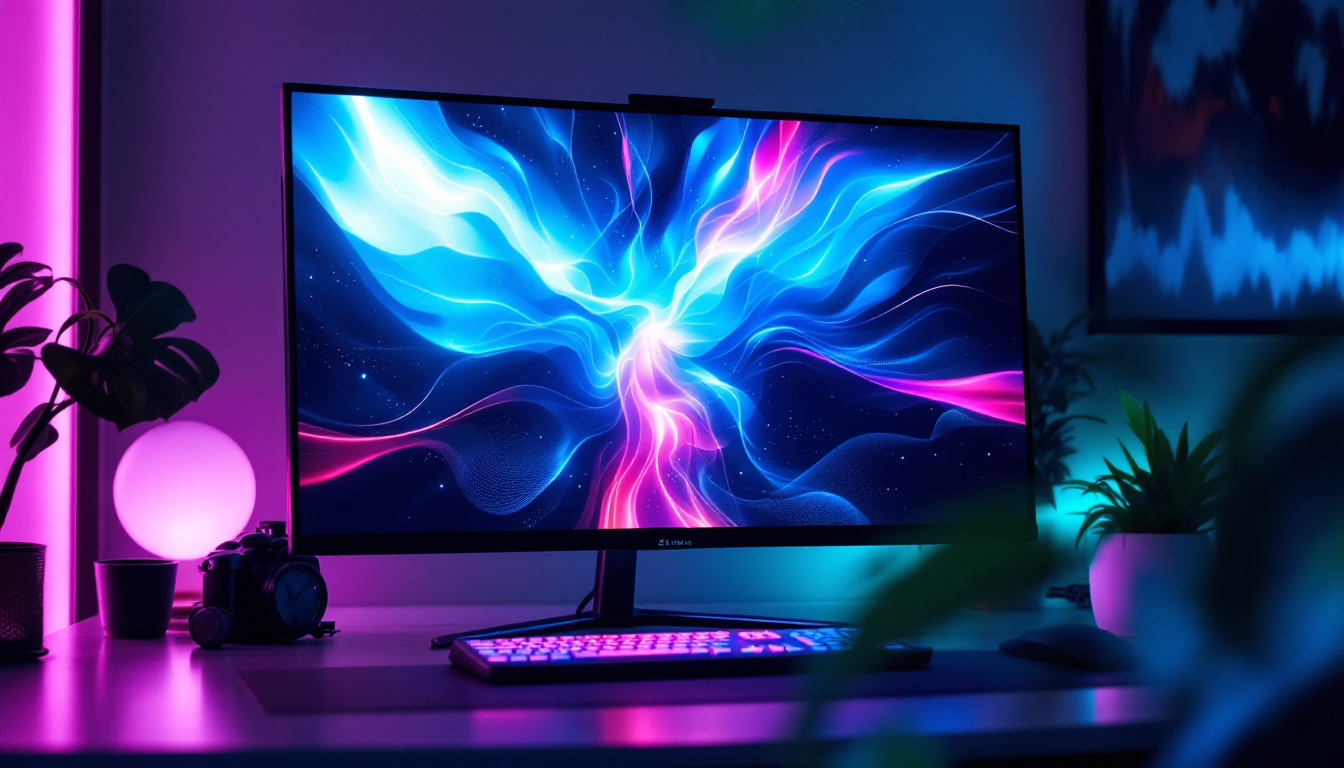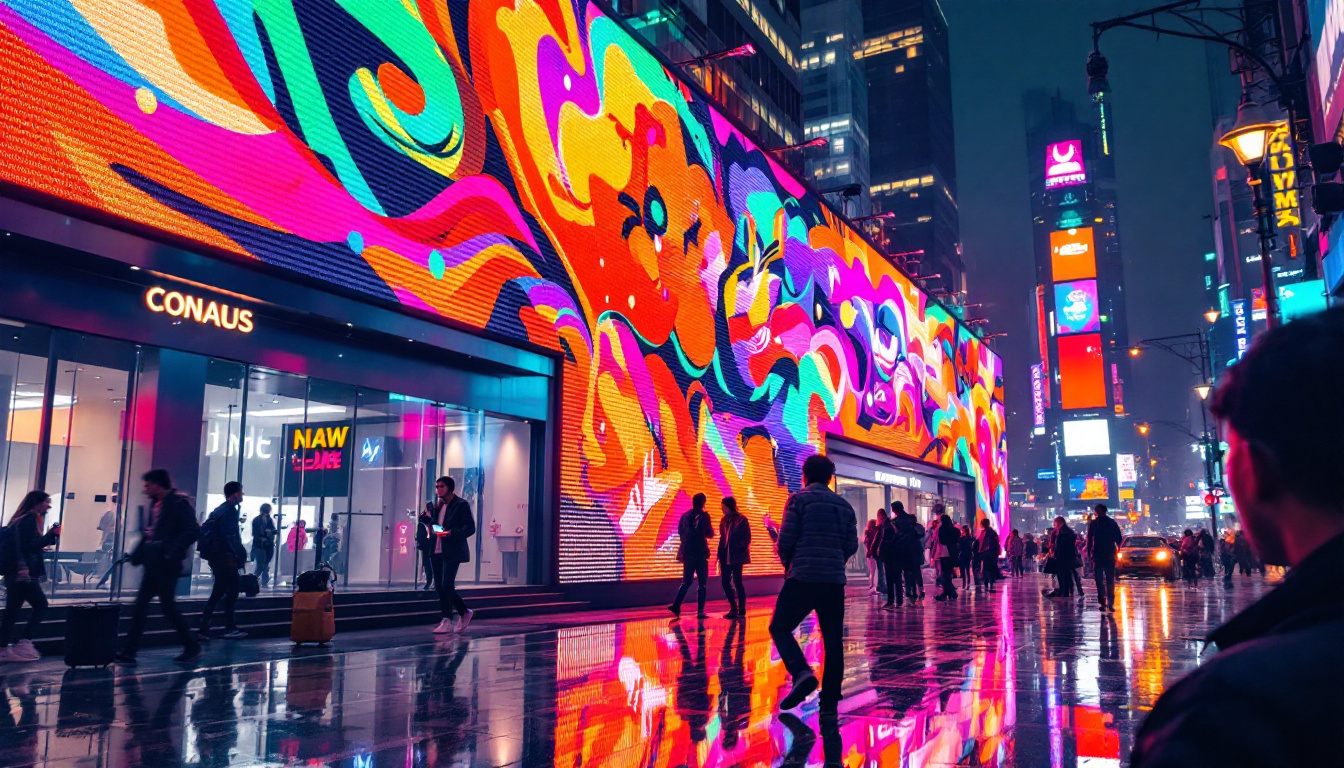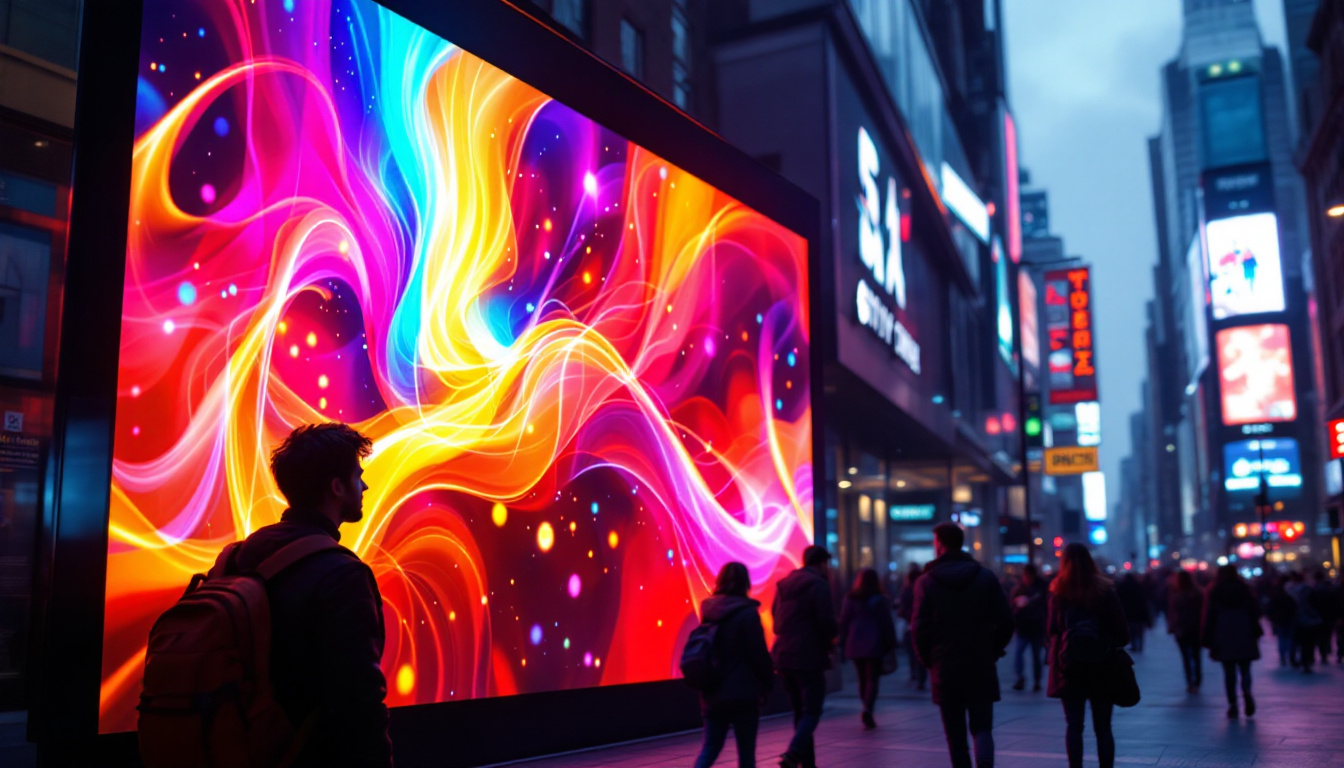In the realm of visual technology, projectors have long been a staple for presentations, home cinemas, and gaming experiences. However, the quality of the projected image is heavily influenced by the surface onto which it is displayed. This article delves into the best colour walls for projectors, particularly focusing on LED displays, to enhance your viewing experience.
Understanding Projector Screens
Before exploring the best colour walls for projectors, it’s essential to understand the different types of projector screens available. The choice of screen can significantly affect the brightness, contrast, and overall quality of the image produced by the projector.
Types of Projector Screens
Projector screens come in various types, each designed for specific environments and use cases. The most common types include:
- Fixed Frame Screens: These are permanently mounted and provide a taut surface for optimal image quality.
- Retractable Screens: Ideal for multi-purpose rooms, these screens can be rolled up when not in use.
- Portable Screens: Designed for easy transport, these screens are perfect for presentations on the go.
Each type has its advantages and disadvantages, which should be considered based on the intended use and environment. For instance, fixed frame screens are often preferred in dedicated home theater setups due to their ability to deliver superior image quality without the distractions of wrinkles or creases. On the other hand, retractable screens are favored in spaces that serve multiple functions, allowing for a seamless transition between different activities, such as movie nights and business meetings. Portable screens, while less common for permanent installations, offer unmatched flexibility for traveling professionals or educators who need to set up presentations in various locations.
Screen Material and Gain
The material of the projector screen plays a crucial role in image quality. Different materials have varying levels of reflectivity, known as gain. A higher gain means a brighter image, but it can also narrow the viewing angle. Conversely, a lower gain provides a wider viewing angle but may result in a dimmer image. Understanding the balance between gain and material is vital for achieving the best results. For example, screens made from matte white materials are often recommended for environments with ambient light, as they diffuse light evenly and reduce glare, making them suitable for larger audiences. Meanwhile, high-gain screens, which are typically made from specialized reflective materials, are ideal for darker rooms where maximum brightness is desired. Additionally, some screens come with special coatings that enhance color reproduction and contrast, further enriching the viewing experience.
The Importance of Colour Walls
When it comes to projecting images, the colour of the wall or screen can significantly impact the viewing experience. The right colour wall can enhance contrast, brightness, and overall clarity of the projected image. This is particularly crucial in environments such as classrooms, conference rooms, or home theaters, where the visual quality can directly affect engagement and comprehension. A well-chosen wall colour not only optimizes the viewing experience but also sets the mood and atmosphere of the space, making it more inviting and conducive to the intended activity.
Choosing the Right Colour
Different colours reflect light differently, and this can either enhance or detract from the projected image. For instance, a white wall reflects most of the light, making it a popular choice. However, it can sometimes wash out colours, especially in brightly lit rooms. On the other hand, a grey wall can absorb some of the ambient light, improving contrast and depth in darker scenes. Additionally, softer pastel shades can provide a balanced approach, offering a neutral backdrop that minimizes distractions while still allowing for vibrant image projection. It’s essential to consider not only the primary function of the space but also the type of content being projected, as this can influence the most suitable colour choice.
LED Displays vs. Traditional Screens
LED displays have gained popularity as an alternative to traditional projector screens. They offer several advantages, including higher brightness levels, better colour accuracy, and improved energy efficiency. Additionally, LED displays can provide a more uniform surface compared to painted walls, which can have imperfections that affect image quality. Moreover, the installation of LED displays can be more flexible, allowing for various configurations and sizes that can adapt to different environments. This adaptability is particularly beneficial in multi-purpose spaces where the viewing requirements may change frequently. Furthermore, the longevity and lower maintenance needs of LED technology make it a cost-effective solution in the long run, appealing to both commercial and residential users alike.
Best Colour Walls for Projectors
Now that the fundamentals are covered, let’s explore some of the best colour walls for projectors, focusing on LED displays and their unique benefits.
White LED Displays
White LED displays are a common choice for projectors due to their ability to reflect a wide spectrum of colours. They provide excellent brightness and clarity, making them suitable for various lighting conditions. However, it’s essential to consider the ambient light in the room, as too much light can wash out the colours. In addition, white surfaces can sometimes lead to a phenomenon known as “hot spotting,” where the light from the projector creates bright spots on the screen, potentially distracting viewers. To mitigate this, consider using a matte finish or a specially designed projection screen that diffuses light more evenly across the surface.
Grey LED Displays
Grey LED displays are particularly effective in environments with controlled lighting. They absorb some of the ambient light, which helps improve contrast and depth in the projected image. This makes them an excellent choice for home theatres or dedicated viewing rooms where light control is possible. Furthermore, grey screens can enhance the black levels in darker scenes, providing a more immersive viewing experience. They are also less prone to reflect unwanted light from windows or lamps, making them ideal for rooms that cannot be completely darkened. For those who enjoy watching movies or playing video games, a grey display can significantly elevate the overall quality of the visuals.
Black LED Displays
Black LED displays are less common but can be incredibly effective in specific scenarios. They are designed to absorb light rather than reflect it, which can enhance the perceived contrast of the image. However, they require a high-quality projector to ensure that the brightness levels are adequate for viewing. In addition, black screens can create a dramatic effect in a darkened room, making them a popular choice for high-end home cinema setups. It’s worth noting that while black displays excel in contrast, they may not be the best option for environments with varying light conditions, as they can make images appear too dim in brighter settings. For those who prioritize cinematic quality and have the right equipment, a black LED display can transform the viewing experience into something truly spectacular.
Factors to Consider When Choosing a Colour Wall
When selecting the best colour wall for your projector, several factors should be taken into account to ensure optimal performance.
Ambient Light Conditions
The amount of ambient light in the room is a critical factor. In brightly lit environments, a white or high-gain screen may be necessary to maintain brightness. Conversely, in darker rooms, a grey or black screen can enhance contrast and improve the overall viewing experience.
Projector Specifications
The specifications of the projector itself also play a significant role in determining the best colour wall. For instance, a high-lumen projector can perform well on a white screen, while a lower-lumen projector may benefit from a grey or black wall to improve perceived brightness.
Viewing Distance and Angle
The distance from which viewers will be watching the projection can influence the choice of screen. A wider viewing angle may necessitate a lower-gain screen, while a more focused viewing area can accommodate higher-gain options.
Installation Considerations
Proper installation of the projector and screen is crucial for achieving the best results. Here are some key points to keep in mind:
Screen Height and Position
The height at which the screen is mounted can affect the viewing experience. Ideally, the bottom of the screen should be at eye level when seated. Additionally, the screen should be positioned to minimize any obstructions and ensure a clear view from all seating positions.
Projector Placement
Projector placement is equally important. The projector should be positioned at the correct distance from the screen to achieve the desired image size. Additionally, ensuring that the projector is level and aligned with the screen will help prevent distortion and ensure the best image quality.
Calibration and Settings
Once the projector and screen are installed, calibration is essential. Adjusting the brightness, contrast, and colour settings can help optimize the image quality for the specific colour wall being used. Many projectors come with built-in calibration tools, but professional calibration can yield even better results.
Maintenance and Care
Maintaining the projector and screen is vital for ensuring longevity and optimal performance. Here are some tips for keeping everything in top condition.
Cleaning the Screen
Regular cleaning of the screen is necessary to prevent dust and smudges from affecting image quality. Use a soft, lint-free cloth and a gentle cleaning solution specifically designed for screens. Avoid using abrasive materials that could scratch the surface.
Projector Maintenance
Projectors require periodic maintenance, including cleaning the lens and filters. Dust can accumulate over time, affecting brightness and clarity. Regularly check the manufacturer’s guidelines for maintenance schedules and procedures.
Updating Software and Firmware
Many modern projectors come with software and firmware that can be updated to improve performance and fix bugs. Regularly checking for updates can enhance functionality and ensure that the projector operates at its best.
Conclusion
Choosing the best colour wall for a projector is crucial for achieving the best viewing experience. Whether opting for a white, grey, or black LED display, understanding the specific needs of the environment and the projector will help in making an informed decision. By considering factors such as ambient light conditions, projector specifications, and installation best practices, users can create an optimal viewing setup.
Investing in the right colour wall not only enhances the quality of the projected image but also elevates the overall experience, whether for business presentations, movie nights, or gaming sessions. With the right setup, any space can be transformed into a captivating visual environment.
Discover LumenMatrix’s Advanced LED Display Solutions
Ready to elevate your visual experience with the perfect colour wall for your projector? LumenMatrix offers a comprehensive range of LED display solutions tailored to meet your needs. From the immersive Indoor LED Wall Display to the dynamic Outdoor LED Wall Display, and from the versatile Vehicle LED Display to the innovative Custom LED Display options, we have everything you need to create stunning visual environments. Embrace the future of visual communication with our cutting-edge LED display technologies that promise to enhance engagement and captivate your audience. Check out LumenMatrix LED Display Solutions today and transform your space into a captivating visual experience.

